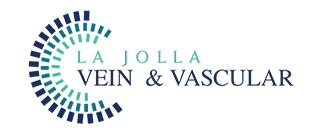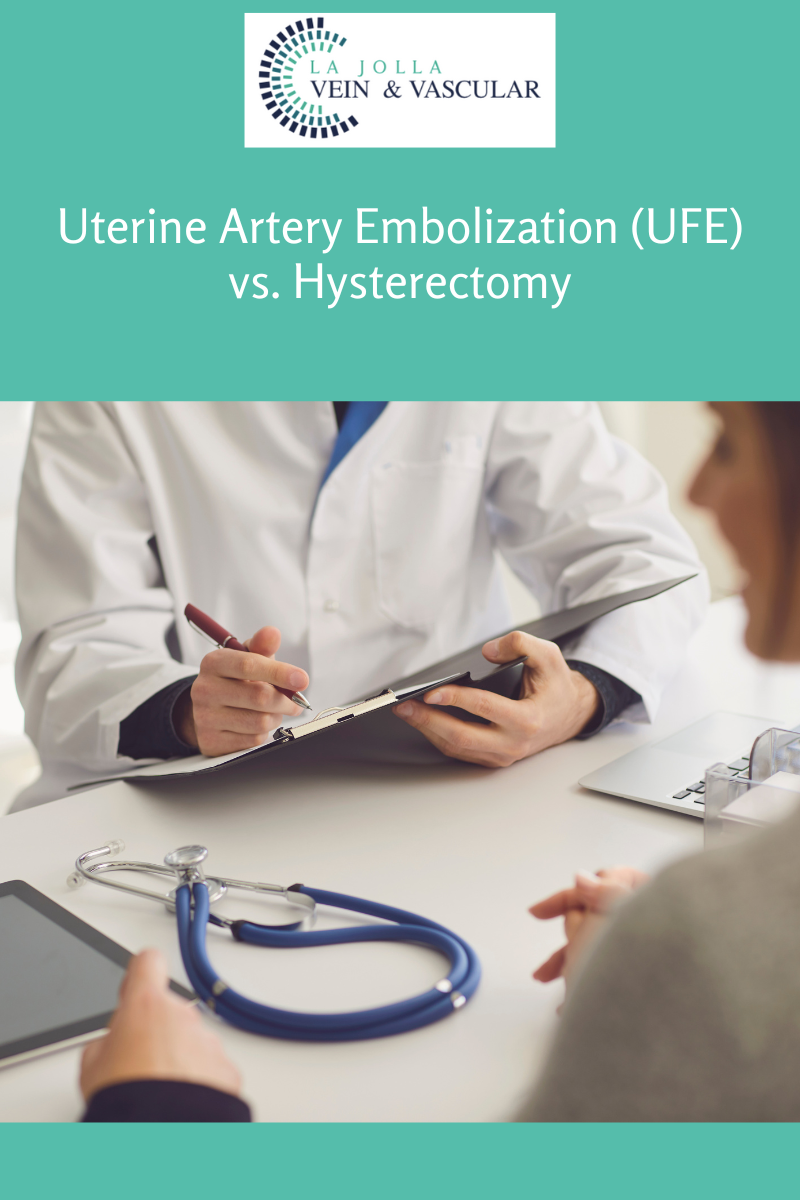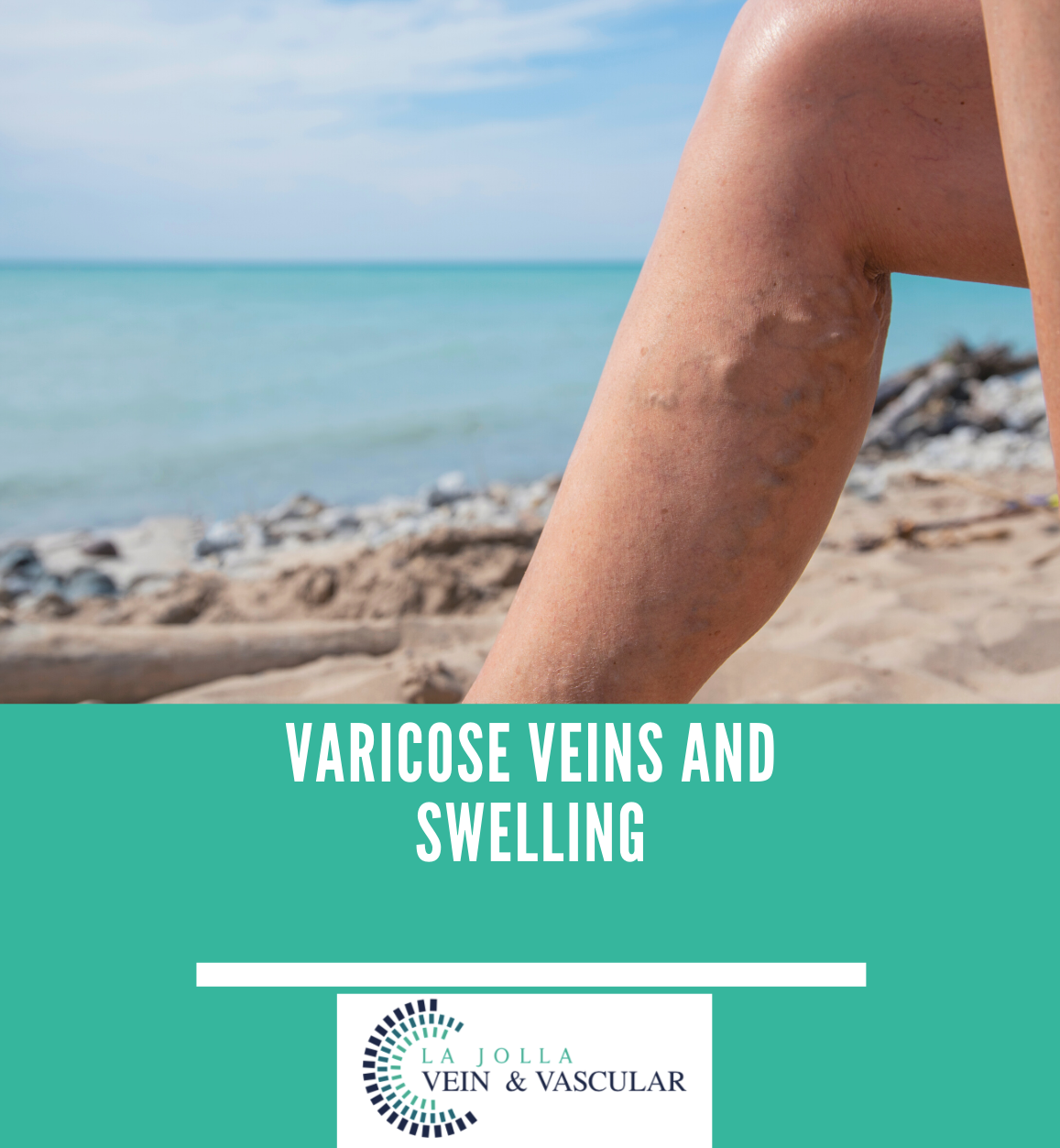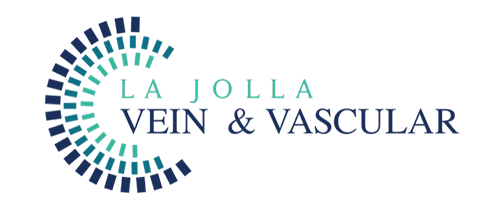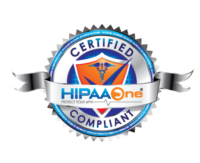Meet our team of vein & vascular specialists: Dr Lucas
LJVascular2022-12-26T10:58:13-08:00Our vein and vascular specialists are not your average doctors. They train and teach other doctors, medical students, physician assistants, and empower and educate patients everyday with knowledge and choices. They lead clinical research studies and contribute to scientific journal and textbook publications. Our recent research made the cover of the “
